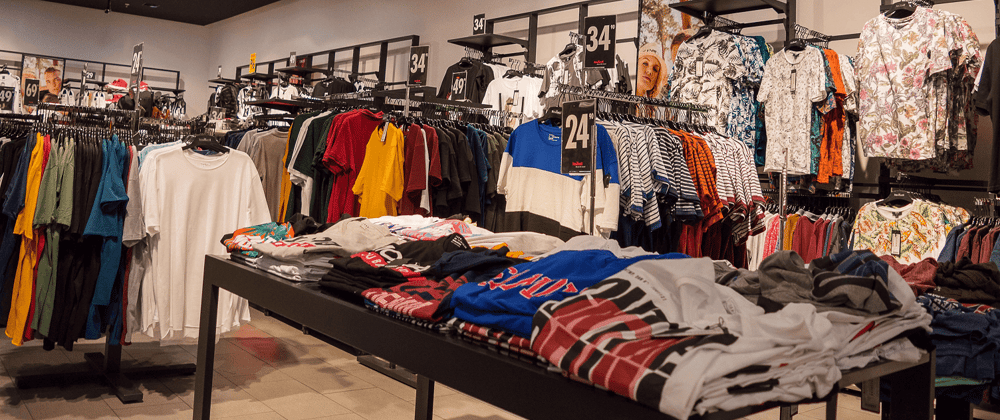Introduction
Imagine you are standing in the dressing room of your favorite shop trying on T-shirts. Did you grab the right size, does it have extra detail, is the price too high? What does mom think?
You look at the construction of the T-shirt, discussing the color and stitching, does it need to be dry cleaned? Can it be mass produced or is it haute couture? This would affect the cost to create the T-shirt. And “mom” is certainly going to be thinking about price, as well as how well it will wash and wear (in our world, think how many customers it’s being sold to).
T-shirt sizing isn’t just for clothing, it’s also used to measure the effort need to develop a software initiative. Just like the T-shirt in the dressing room, you need to understand the size of T-shirt to get the right fit for the software initiative. You accomplish this by sitting down with Engineering and Product Management teams (just think of them as mom).
What does this mean for software development, then?

Now if you are reading this, thinking “how can software fit into a T-shirt”, and “I would never care about the color and stitching”, you do care about the what the software does; the user experience, if extra security is needed, or if it needs to be available on mobile devices or a portal. Does it have certain requirements needing new UI, will it involve ancillary teams such as CoEs or the C4Es? The T-shirt size can represent task, scope, effort, complexity work hours, time estimates, or often all of the above.
After everyone has looked the T-shirt over, maybe you decide you want the T-shirt for your niece Joan, and she only needs an XS (0-29 days of development), or maybe it will be a gift for Uncle Joe, and he is one big dude, so you will definitely need an XXXL (1500+ days); or maybe, just want one for yourself and a L (200-399 days) will do for you.
Great, you know the T-shirt sizes you need – but they not in stock, so you are going to need to order them!
Imagine your order arrives at the warehouse (Engineering and Product Management teams), but the staff are busy, so they start looking through the orders to see what sizes are needed, and what the value of those T-shirts will be against the time they have available to get them. Once they decide what T-shirts they have room for, you will get a “Go” or “No Go” decision regarding whether your T-shirt can be delivered.
So, if it’s your lucky day, your brand new T-shirt will arrive!



















